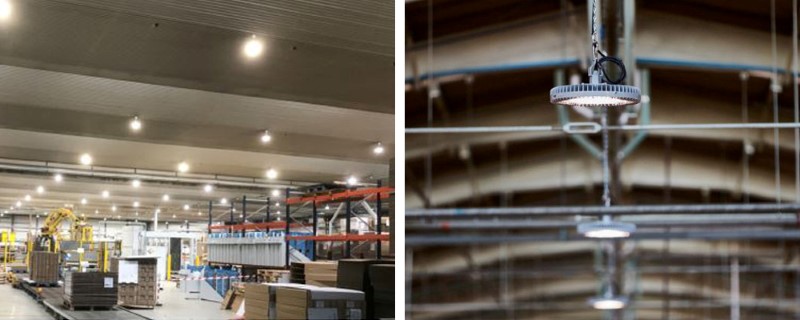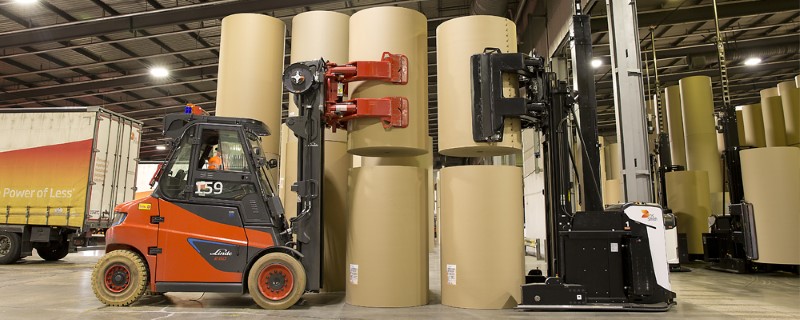Carbon 101: How DS Smith is tackling emissions
As part of our Now and Next Sustainability Strategy, we have announced a series of ambitious new climate targets, which will help us play our part in reducing carbon emissions and positively impact the world around us. We’ve committed to a 46% absolute reduction in carbon emissions by 2030, compared to 2019 levels, and Net Zero emissions by 2050.
What is Carbon, how is it produced & why is it harmful to the environment?
Carbon Dioxide, C02, is a greenhouse gas that contributes to the warming of the planet. Its production naturally occurs in the respiration of living things, however humans have artificially increased the output of greenhouse gases by burning fossil fuels like coal, oil and petrol which increases the amount of C02 released into the atmosphere.
C02 absorbs infrared radiation emitted from the earth, including the rays given out by the sun and absorbed by the earth. It is harmful because it traps heat contributing to the greenhouse effect, the heating up of the earth.
What is Net Zero & is it achievable for companies like DS Smith?
Net Zero is the idea of creating a balance between the greenhouse gases we release into the atmosphere and the greenhouse gases we remove from the atmosphere. By ensuring that no more carbon than the amount that we remove, is put out into the atmosphere, we can reduce the greenhouse effect. This is also known as being Carbon Neutral.
At DS Smith we have committed to Net Zero by 2050. We have already started to drive energy efficiency through our operations to minimise the use of fossil fuels and electrical power. Simultaneously we are moving from fossil fuels to renewable fuels such as biomass, biomethane and hydrogen where possible and we are also installing renewable energy systems at our factories, for example solar power and wind turbines.
Energy efficiency and green energy technology in practice
Our LED project has successfully converted the majority of our production facilities to high quality LED lighting, replacing over 40,000 light bulbs and reducing carbon dioxide output by 14,200 tons annually which is equivalent to the weight of 70 blue whales.

Our paper mills are complex production facilities and include a large number of pumps and machines to prepare the fibres for our paper and packaging. Frequency control drives are now used to precisely control the speed of the motors so that only the required energy is consumed.
The majority of our paper mills operate large scale Combined Heat and Power (CHP) plants which generate electrical power for our operations and the electrical grid. In the process heat is generated which is wasted in traditional power stations but we use it in our paper making process to dry the paper. The reuse of heat is in line with our circular economy strategy of reuse, recycle and reduce reliance on additional fuel, reducing our total carbon output.

The use of battery and electricity powered technology improves the efficiency of our transport. It is a greener form of energy than burning fossil fuels and by using electric powered vehicles in just one of our sites in Italy we have already reduced our C02 output by 150 tons a year.
Our Packaging sites typically have large roof areas which can be ideal for the installation of Solar Power panels. Once installed the panels can deliver zero carbon electrical power for at least 25 years. This can be used to power our sites and other battery technology, such as electric vehicles.

In some countries readily available biomass, plant or animal material, can be used as fuel to produce electricity or heat. This allows for the installation of biomass boilers which burn this material, providing steam to power our manufacturing processes. An example of one of our biomass boilers is at the Varnamo Packaging plant in Sweden, which has significantly reduced the use of the fossil fuel LPG saving us 2,000 tons of CO2e per annum.
Our commitment to cutting carbon
Our carbon target allows all our initiatives to align behind a common goal to reduce our carbon consumption. This means every DS Smith site and employee can contribute to our target reduction and together we are creating a positive impact for people and the planet.


